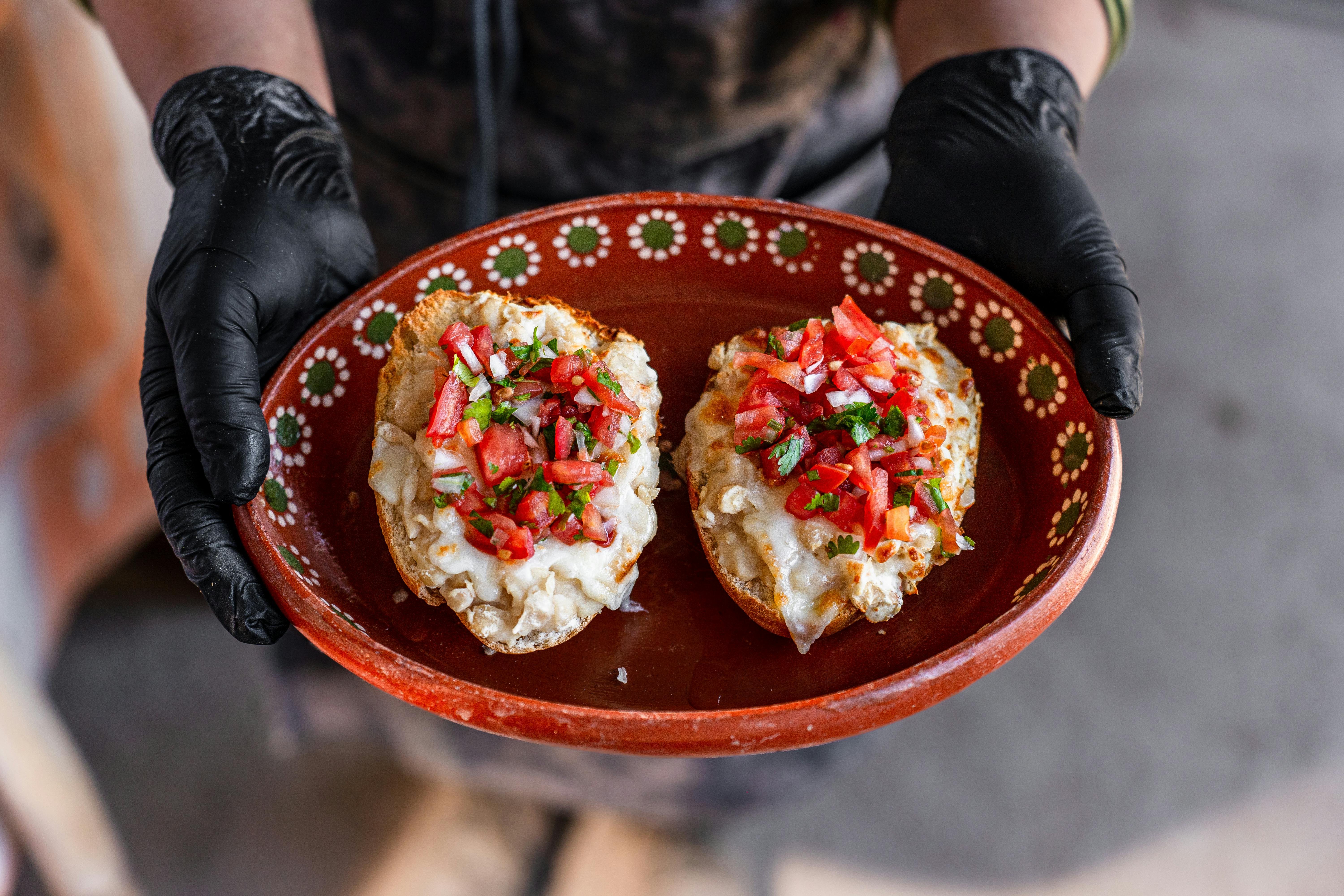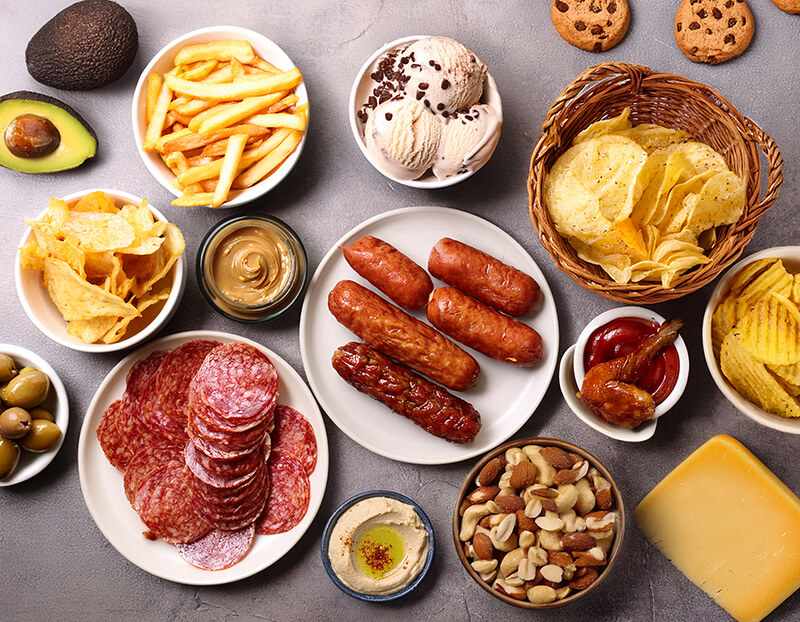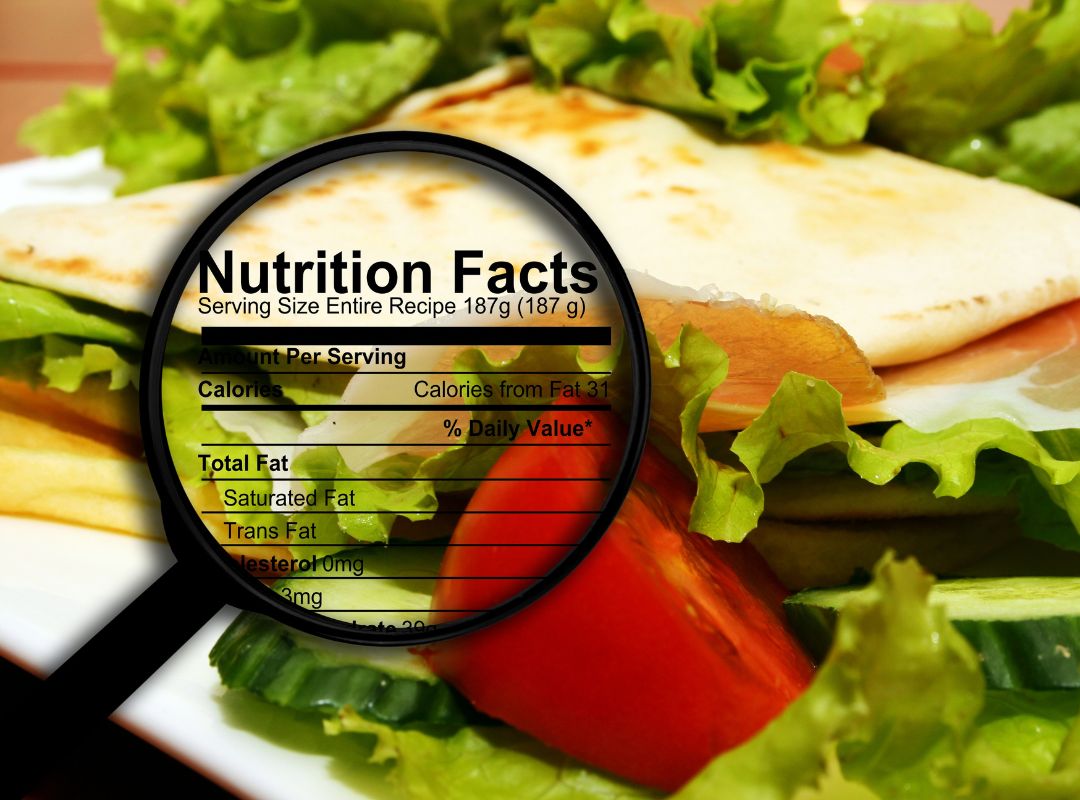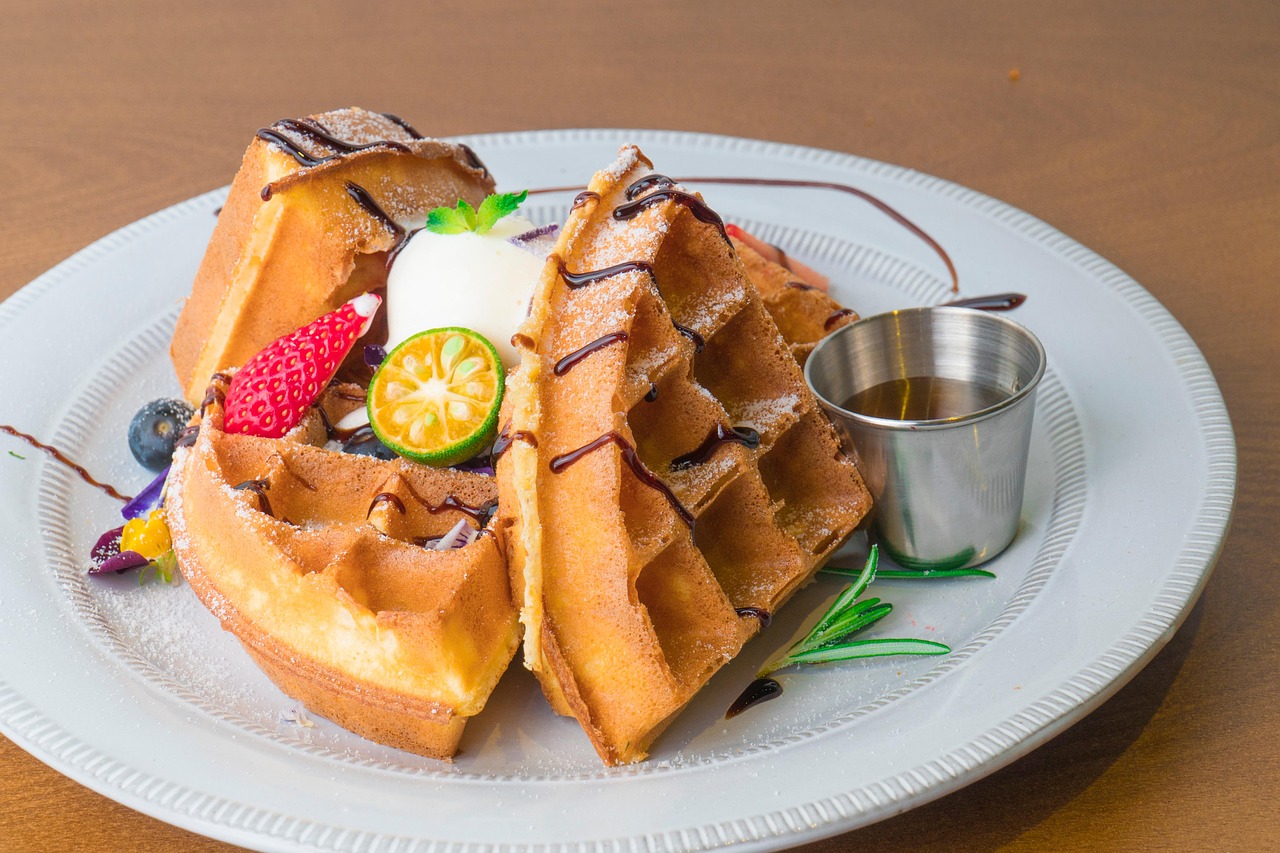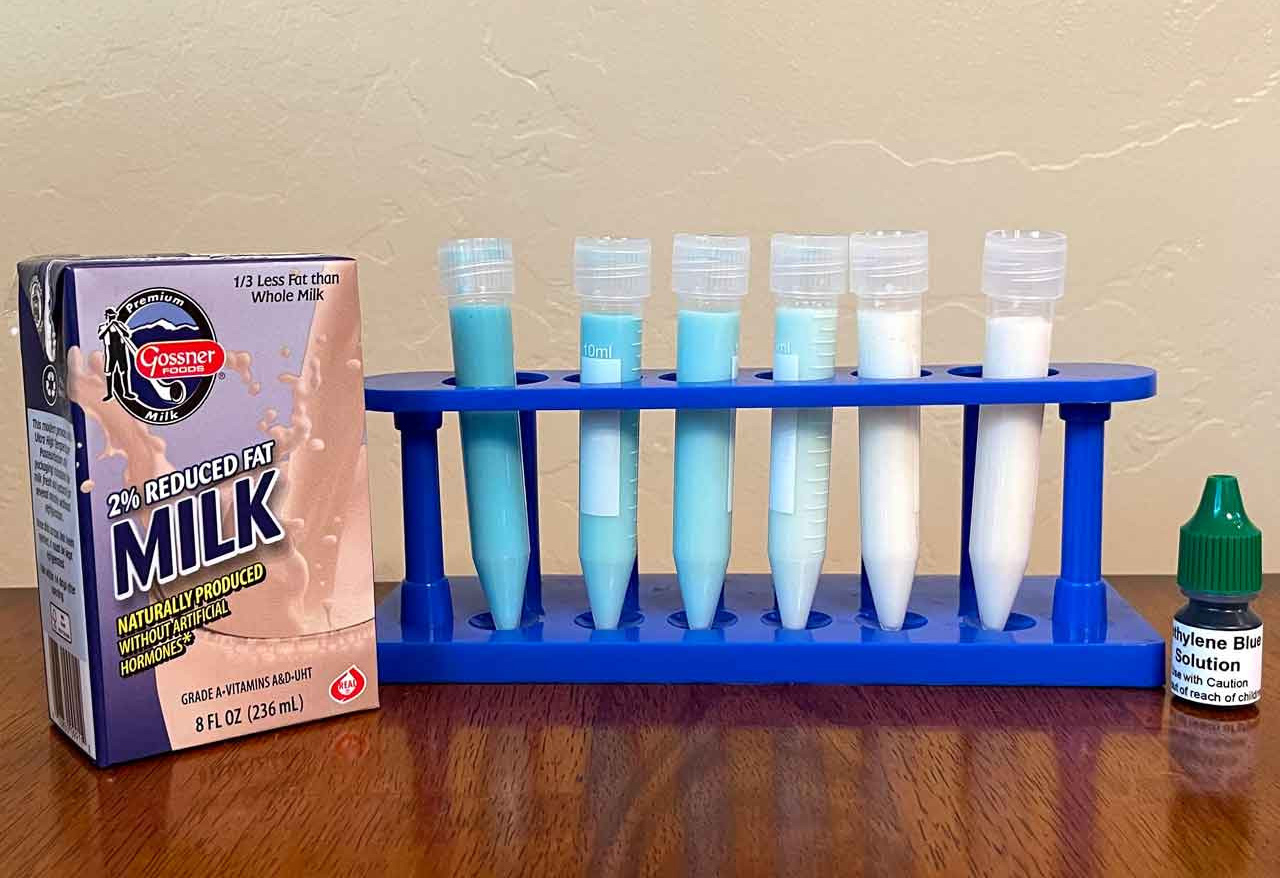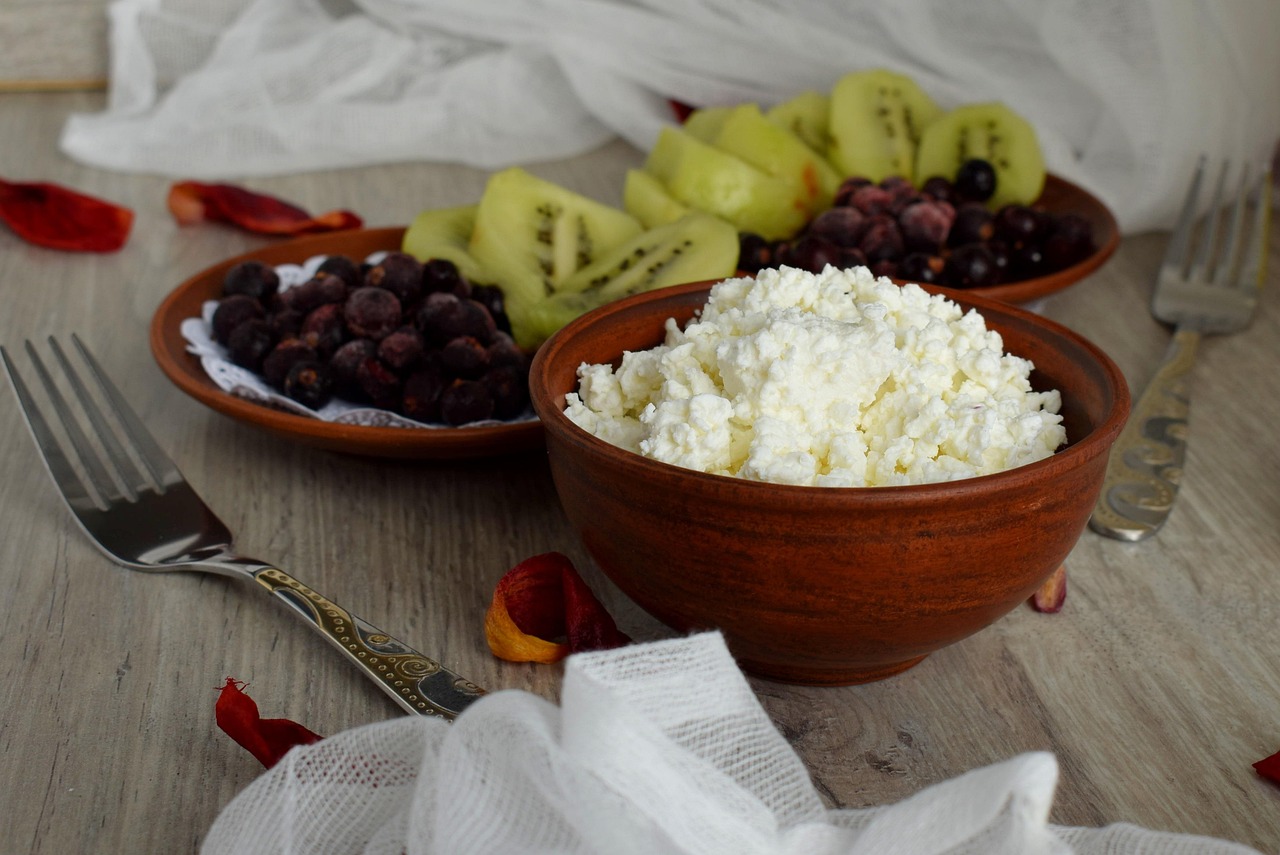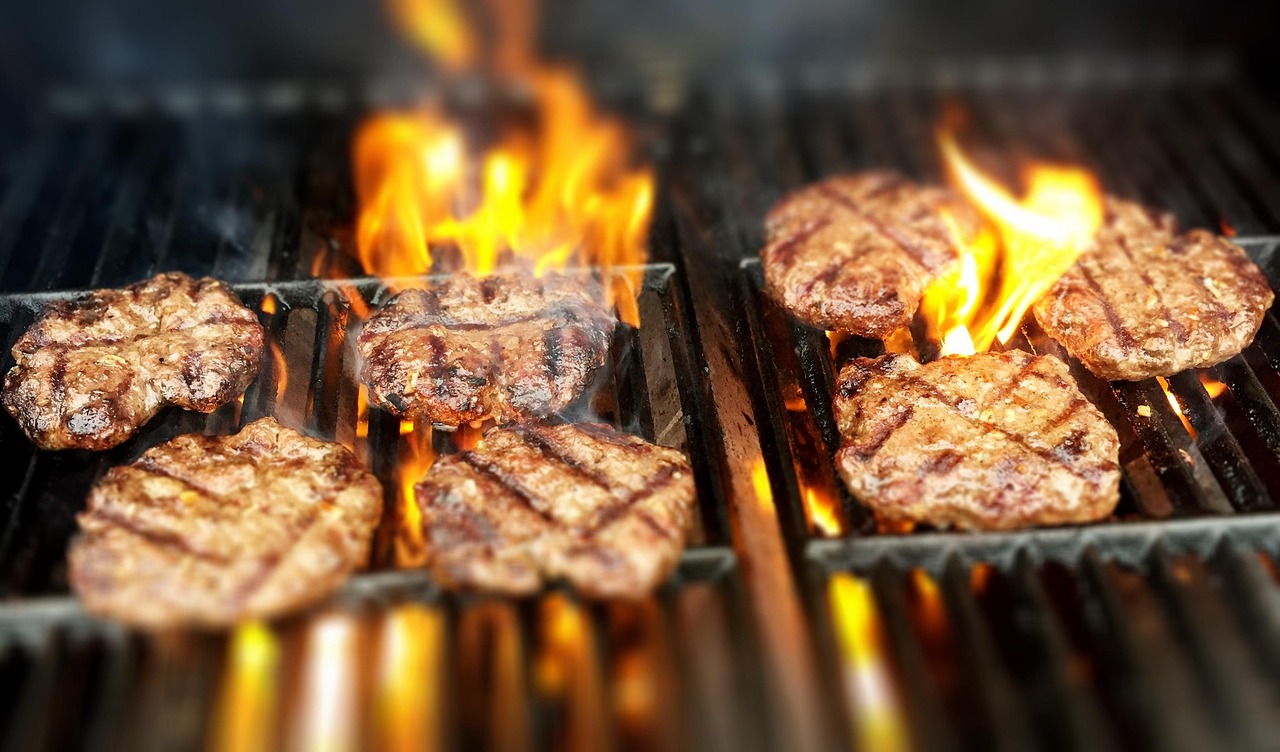
Cooking Right: The Science of Cooking a Hamburger (Grades 6-8)
The teacher will demonstrate cooking hamburgers to different temperatures. Students will analyze Petri dishes inoculated with hamburger and observe the amount of bacteria at each temperature. They will also learn that cooking hamburgers to the recommended temperature of 160° F (71° C) will kill pathogenic bacteria. Hamburger is used for this cooking lab because it’s a food that students are familiar with and may be cooking at home.
